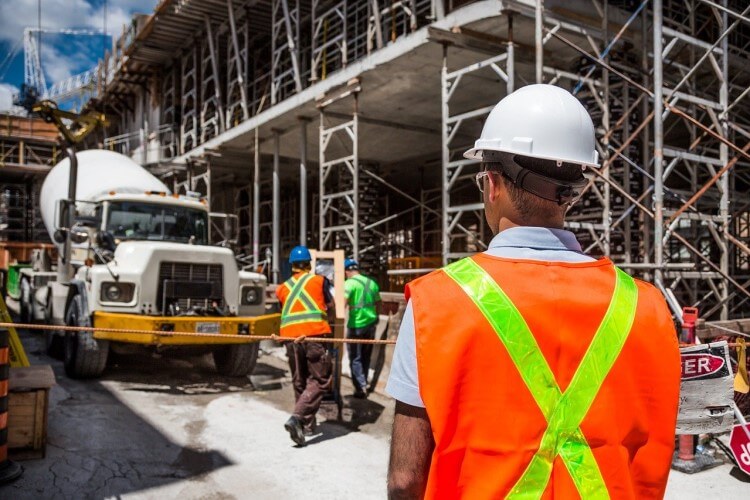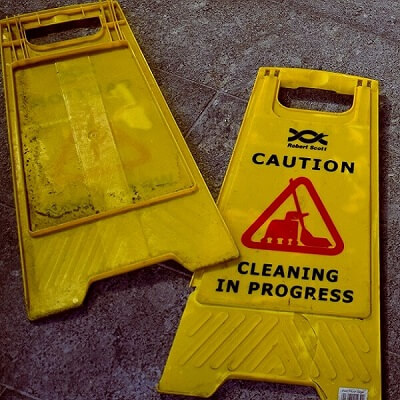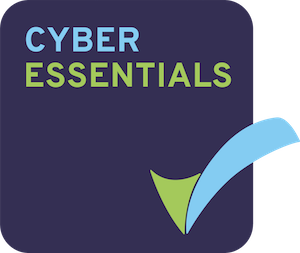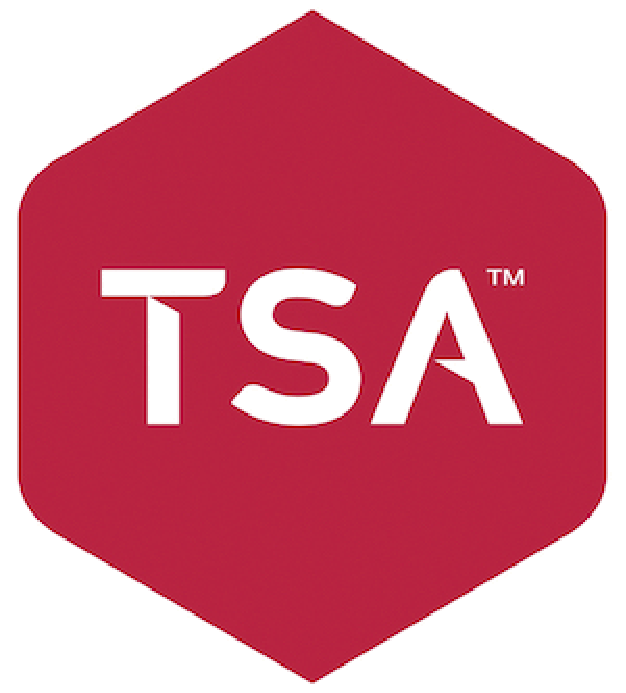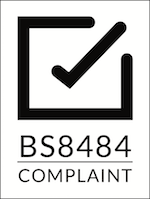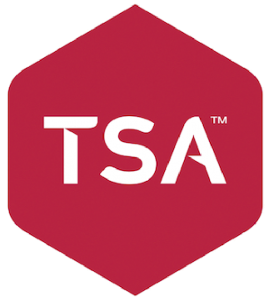There are always a lot of jobs that need to be done in the workplace, and plenty of Health and Safety regulations to worry about. Some tasks require employees to undertake manual handling operations. Unfortunately, these tasks can result in injuries. Fortunately, there are ways of preventing this.
What is Manual Handling?
Before you can understand how to prevent manual handling injuries, you first need to know what tasks are classed as manual handling. According to the Government Regulations, Manual Handling is defined as:
“…any transporting or supporting of a load (including the lifting, putting down, pushing, pulling, carrying or moving thereof) by hand or bodily force.”
The “load” can be an object, an animal, or a person.
It is important to recognise that even something as simple as pushing an office chair from one side of a room to the other counts as manual handling.
Manual Handling Operations Regulations 1992
The official government regulations regarding Manual Handling (Manual Handling Operations Regulations 1992) covers the responsibilities of both employers and employees. Everyone should seek to avoid manual handling operations that may cause injury whenever is reasonably practicable.
Duties of Employers
According to the Regulations, if it is not reasonably practicable to avoid manual handling operations, employers must:
- “…make a suitable and sufficient assessment of all such manual handling operations to be undertaken…”
- “…take appropriate steps to reduce the risk of injury to those employees…”
Employers should also seek to provide their employees with information on the weight and nature of the loads they will be moving.
Duties of Employees
Employees have duties to adhere to under the Regulations, too. They must:
- “…take reasonable care for their own health and safety and that of others who may be affected by their activities…”
- “…co-operate with [the employer] to enable [the employer] to comply with [their] health and safety duties…”
Employees must also make proper use of any systems or equipment provided. They should also attend and implement any training they receive in relation to their duties.
3 Common Manual Handling Injuries
One in three accidents at work are caused by manual handling. When these injuries occur, they can result in employees being unable to fulfil their job roles. They may end up off work, or even be forced to leave employment. In this section, we will look at some of the most common injuries caused by manual handling.
1. Falls
When manual handling, workers may find that their field of vision is obstructed by the load they are moving. In these situations, they may fail to notice trip or slip hazards in their immediate vicinity. These could include wet floors or trailing cables.
37% of all reported workplace injuries are caused by falls. When an employee is injured in a fall, they may experience severe bruising, lacerations, or even broken bones. These injuries may leave staff unable to work for prolonged periods of time. Sometimes they can be life-changing.
2. Musculoskeletal Disorders
Repetitive lifting and pushing of heavy objects can cause strain on muscles and bones. A worker attempting to move something beyond their physical capabilities is more likely to be affected. Unlike other injuries at work, these disorders are not necessarily caused by a single factor. Instead, they occur due to gradual wear and tear.
This is not to say that they cannot be triggered or exacerbated by a singular incident.
Some of the causes of musculoskeletal disorders include:
- Twisting of the body or limbs.
- Lifting loads that are too heavy.
- Bad posture.
- Bending down regularly.
Musculoskeletal disorders can result in widespread pain, swelling of joints, and even restriction of movement. These symptoms may prevent an employee from being able to fulfil their role.
3. Hernias
As well as the risk of musculoskeletal disorders, repeated strain on muscles can result in hernias. Hernias occur when internal parts of the body push through weaknesses in muscle tissue. Particularly heavy straining can result in injuries of this kind.
Hernias usually require surgery to be corrected. Your older employees may be particularly vulnerable.
Preventing Injuries
Avoiding manual handling injuries in the workplace is crucial. Injuries at work cost the UK £5.2 billion every year (according to a 2020 report). It only requires a few simple measures to prevent them.
By implementing suitable procedures for moving specific loads, and ensuring employees adhere to these procedures, you can make sure your staff are staying safe in the workplace. Moreover, the provision of specialist equipment such as sack-barrows and forklifts can make tasks much safer.
Proper training makes employees more able to assess risks. They will be more aware of how their own limitations relate to manual handling operations. Staff should also be ready to ask for help if they do not think they can move a load on their own.
An assessment of the immediate surroundings can make manual handling safe. If employees look for potential hazards such as spillages and obstacles, they are much less likely to experience a slip, trip, or fall.
The Health and Safety Executive (HSE) gives the following advice for lifting:
- Remove obstructions from the route.
- For a long lift, plan to rest the load midway on a table or bench, so the lifter(s) can change their grip.
- Keep the load close to the waist. The load should be kept close to the body for as long as possible while lifting.
- Keep the heaviest side of the load next to your body.
- Adopt a stable position and make sure your feet are apart, with one leg slightly forward to maintain balance.
Lone Workers and Manual Handling
Sometimes employees may have to perform manual handling operations where there is little-to-no supervision. Though they are likely to act responsibly, accidents can still happen. In these situations, it is vital to have systems in place to keep them safe.
These workers may benefit from a Lone Alarm. If they experience an injury or emergency at work, whether caused by manual handling or not, at the press of a button they can be put in touch with our 24/7 Monitoring Centre. Our team then quickly communicate with the relevant emergency contacts – and the emergency services where necessary – to make them aware that the worker is injured and arrange support.
Furthermore, our Lone Alarms are fitted with GPS locators, which allow us to direct help to the user, wherever they may be.
These personal alarm devices are also lightweight, meaning they will not get in the way of your employees’ day-to-day jobs. Most importantly, you, your workers, and their loved ones can rest assured that their welfare is being looked out for.
For further information, check out our Features page, or get in touch with our helpful team on 0800 03 08 222.
Editor’s Note: This article was updated on 1st May 2024 to reflect current information.


